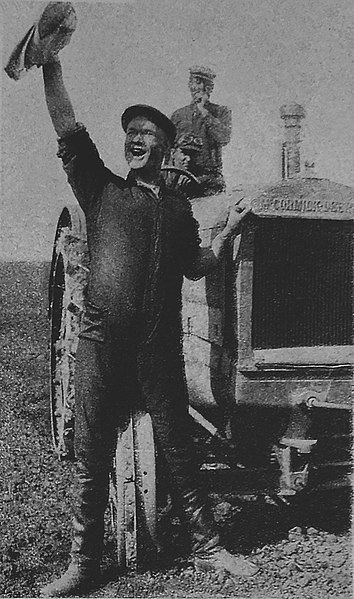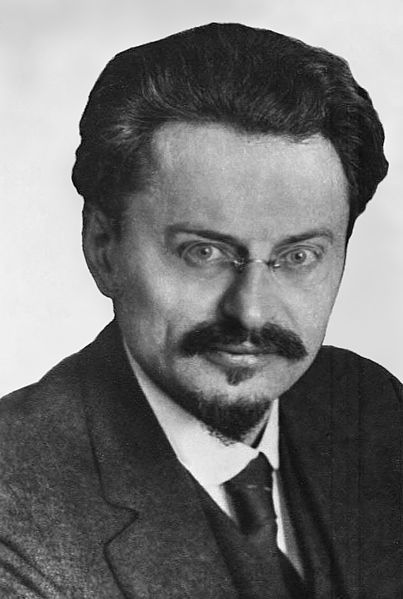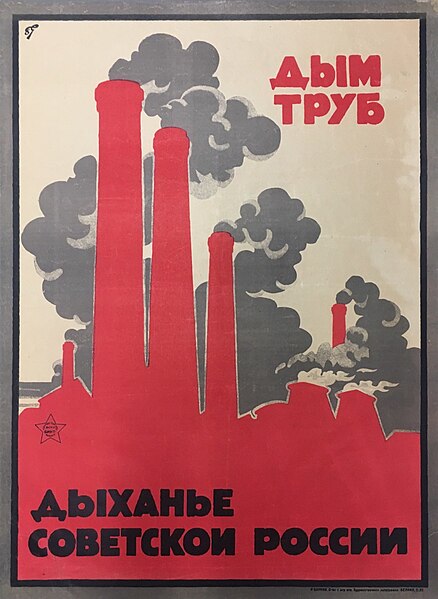History of the Soviet Union
The history of Soviet Russia and the Soviet Union (USSR) reflects a period of change for both Russia and the world. Though the terms "Soviet Russia" and "Soviet Union" often are synonymous in everyday speech, when referring to the foundations of the Soviet Union, "Soviet Russia" often specifically refers to brief period between the October Revolution of 1917 and the creation of the Soviet Union in 1922.
Vladimir Lenin, founder of the Soviet Union and the leader of the Bolshevik party.
Leon Trotsky, founder of the Red Army and a key figure in the October Revolution.
History of the Soviet Union (1927–1953)
The history of the Soviet Union between 1927 and 1953 covers the period in Soviet history from the establishment of Stalinism through victory in the Second World War and down to the death of Joseph Stalin in 1953. Stalin sought to destroy his enemies while transforming Soviet society with central planning, in particular through the forced collectivization of agriculture and rapid development of heavy industry. Stalin consolidated his power within the party and the state and fostered an extensive cult of personality. Soviet secret-police and the mass-mobilization of the Communist Party served as Stalin's major tools in molding Soviet society. Stalin's methods in achieving his goals, which included party purges, ethnic cleansings, political repression of the general population, and forced collectivization, led to millions of deaths: in Gulag labor camps and during famine.

Propaganda shows the use of tractors (in this case McCormick-Deering 15–30) as a backbone of collectivization. Soviet Ukraine, 1931
Early Soviet poster: The smoke of chimneys is the breath of Soviet Russia
1950 postage stamp: a class of schoolchildren. On a banner on the wall is written, "Thank you, dear Stalin, for our happy childhood!"
"Foreigners in Leningrad" by Ivan Vladimirov (1937), depicting Young Pioneers






